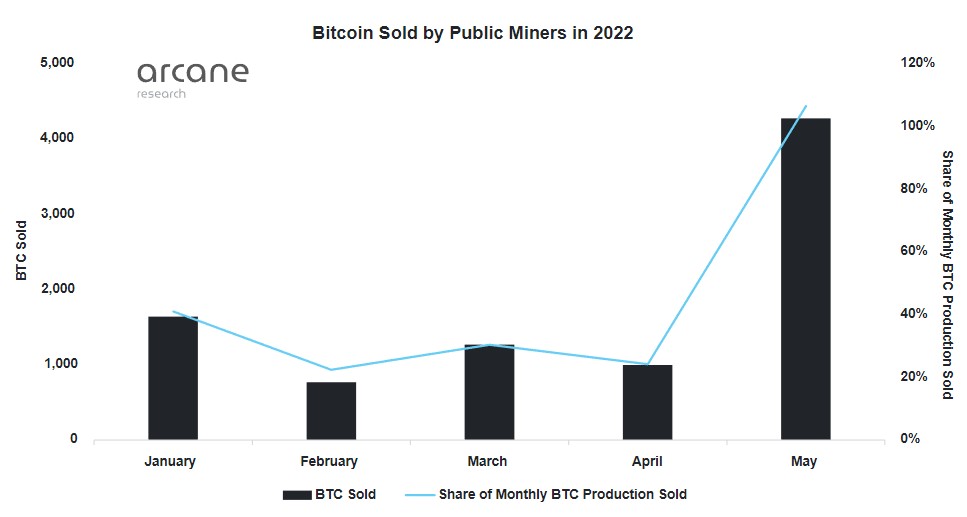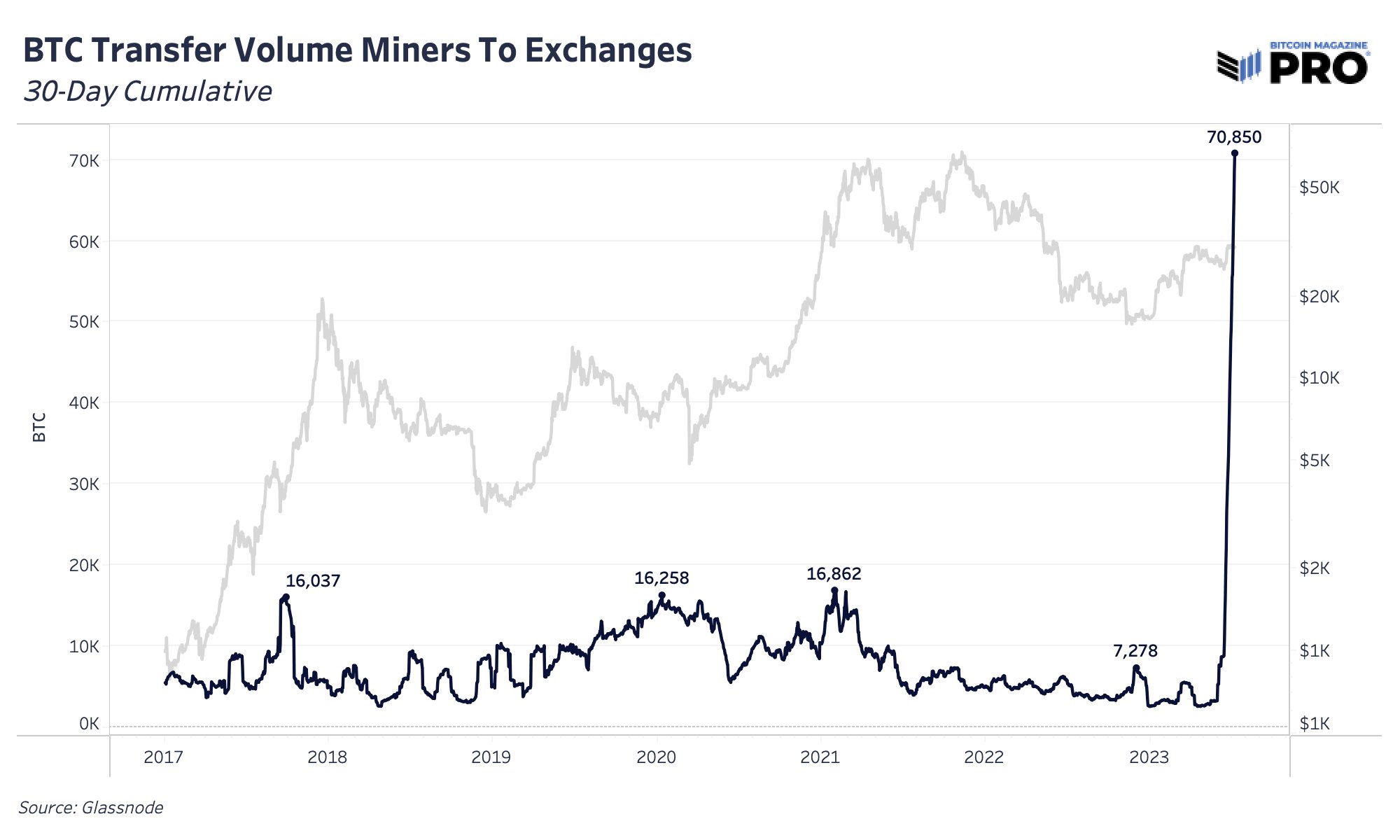Bitcoin (BTC) mining difficulty reached an all-time high of 53.91 trillion units after the latest difficulty adjustment on July 12. It is a measure of how difficult it is to mine Bitcoin blocks.
The blockchain adjusts its difficulty every two weeks to maintain its processing time of 10 minutes. When the network’s processing power increases, it adjusts to make mining challenging, reducing the profitability for individual miners.
The latest adjustment will add to the pressure on miners who have been selling off their mined BTC since June. Some analysts suspect that the lack of miner accumulation has likely restricted an uptrend in BTC price.
With the latest difficulty adjustment, the profitability of medium and small scale miners will likely drop into negative territory, forcing them to temporarily turn off some of their ASIC miners.
The potential capitulation of weaker miners could finally enable larger miners to accumulate Bitcoin, which may reduce the mining selling pressure.
Are miners close to capitulation?
The Hash Ribbon indicator created by independent analyst, Charles Edwards, tracks the 30 and 60-day moving average (MA) of the network’s hashrate. When the 30-day MA falls below the 60-day MA, it is a signal that miner capitulation may be occurring, meaning unprofitable miners are moving out.
The two lines are marginally close to a crossover and the increase in difficulty may finally provide the catalyst for capitulation of weaker miners.

Can Bitcoin push higher after miner selling ceases?
Recently, miners were seen unloading record amounts of BTC to exchanges. According to a K33 Research report, publicly listed miners sold 100% or more of their output in May.


Related: Bitcoin’s pre-halving rally may start soon — Here’s why

The most prolific BTC investors, often known as whales and sharks marked by addresses holding between 10 to 10,000 BTC, have increased their holdings by $2.15 billion since June 17.
On top of that, Bitcoin held by exchanges have also fallen below 2017 levels, suggesting that investors are moving the BTC off exchange and increasing its illiquid supply.
While the accumulation of Bitcoin among whales has previously pushed the price of BTC higher, this time, it has remained suppressed in a narrow range between $29,500 and $31,500, which could partially be due to miner selling pressure.
This article does not contain investment advice or recommendations. Every investment and trading move involves risk, and readers should conduct their own research when making a decision.
This article is for general information purposes and is not intended to be and should not be taken as legal or investment advice. The views, thoughts, and opinions expressed here are the author’s alone and do not necessarily reflect or represent the views and opinions of Cointelegraph.







Leave A Comment